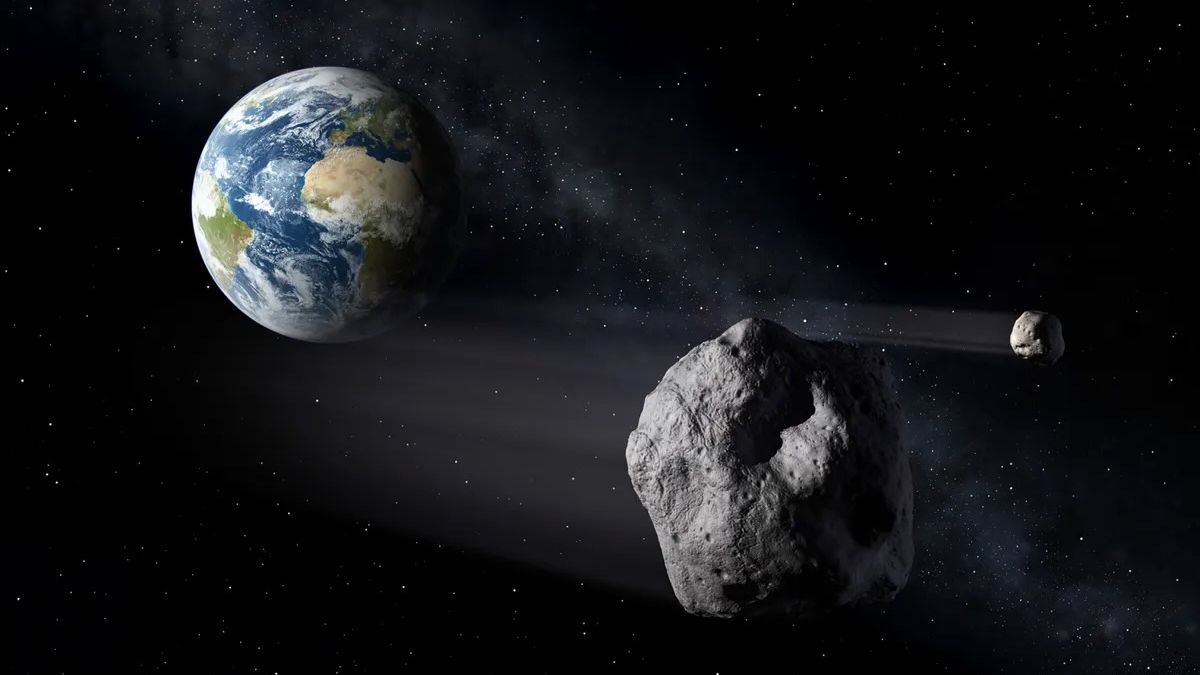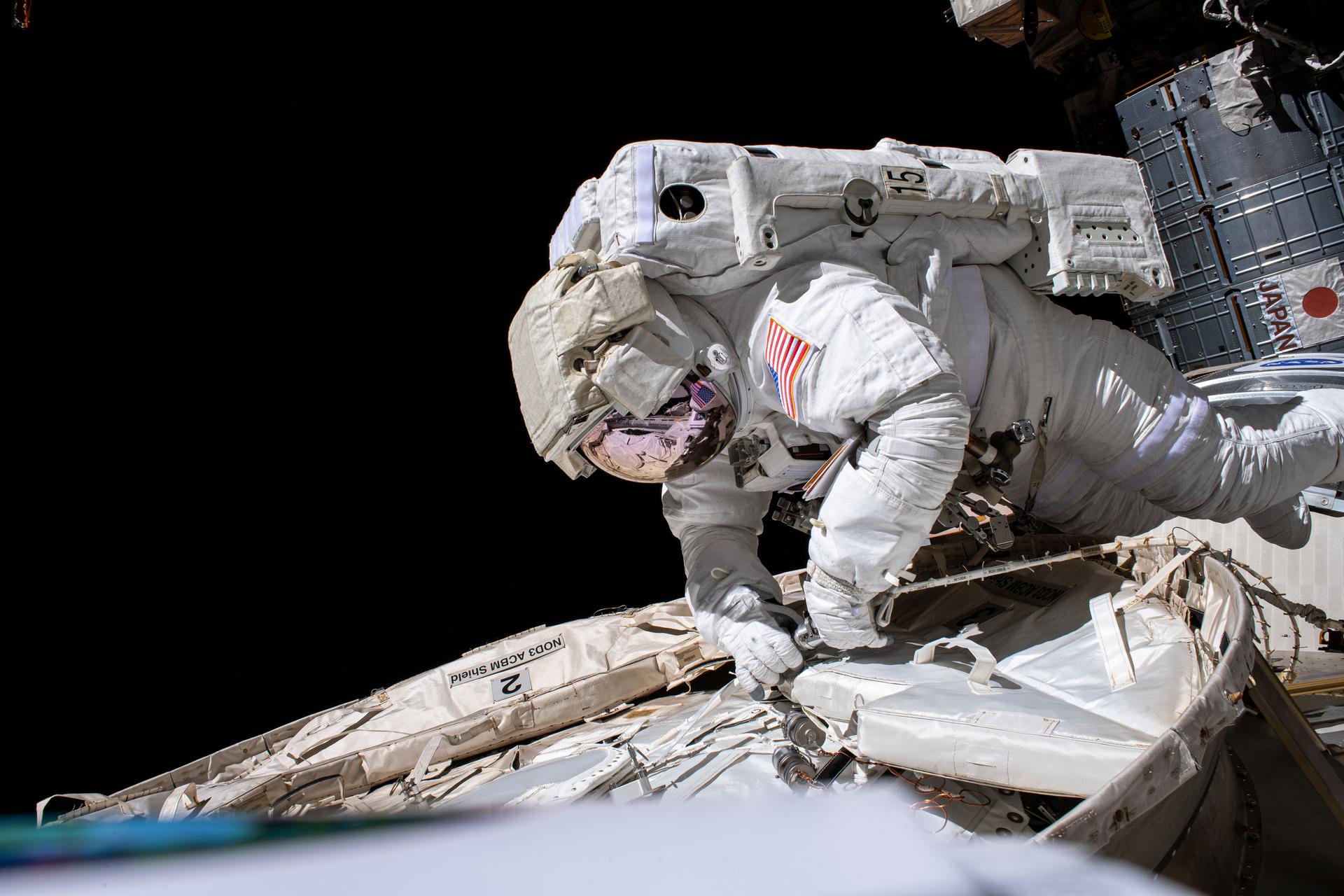NASA
NASA is a government agency responsible for the civilian space program and aeronautics and aerospace research in the United States. The site provides various videos related to space exploration, missions, and scientific discoveries. It features documentaries that go behind the scenes of NASA's projects, as well as live content available on the NASA app. The primary topics covered by the articles include space missions such as CHAPEA, asteroid threat scenarios, International Space Station U.S. spacewalks, Boeing Crew Flight Test launches, and CLPS: Astrobotic Peregrine Mission One launches.
80%
The Daily's Verdict
This news site has a mixed reputation for journalistic standards. It is advisable to fact-check, scrutinize for bias, and check for conflicts of interest before relying on its reporting.
Bias
100%
Examples:
No current examples available.
Conflicts of Interest
50%
Examples:
No current examples available.
Contradictions
85%
Examples:
- Carrying NASA science
- NASA's CLPS (Commercial Lunar Payload Services) initiative and Artemis program
- The event has already occurred on January 8, 2024
- The launch time is 1:30 am EST
- United Launch Alliance (ULA) and Astrobotic are targeting 2:18 a.m. EST Monday, Jan. 8 for the first commercial robotic launch to the Moon's surface.
Deceptions
100%
Examples:
No current examples available.
Recent Articles
NASA's Mars Simulation Mission: Four Volunteers Prepare to Exit CHAPEA After 378 Days
Broke On: Sunday, 07 July 2024
NASA's Planetary Defense Exercise: Testing Global Response to Asteroid Threats with International Partners
Broke On: Wednesday, 03 April 2024
NASA Astronauts Conduct Spacewalks to Collect Microorganism Samples from ISS Exterior
Broke On: Thursday, 13 June 2024
NASA's Boeing Starliner Launch: A New Era in Space Travel with Astronauts Butch Wilmore and Suni Williams
Broke On: Friday, 03 May 2024